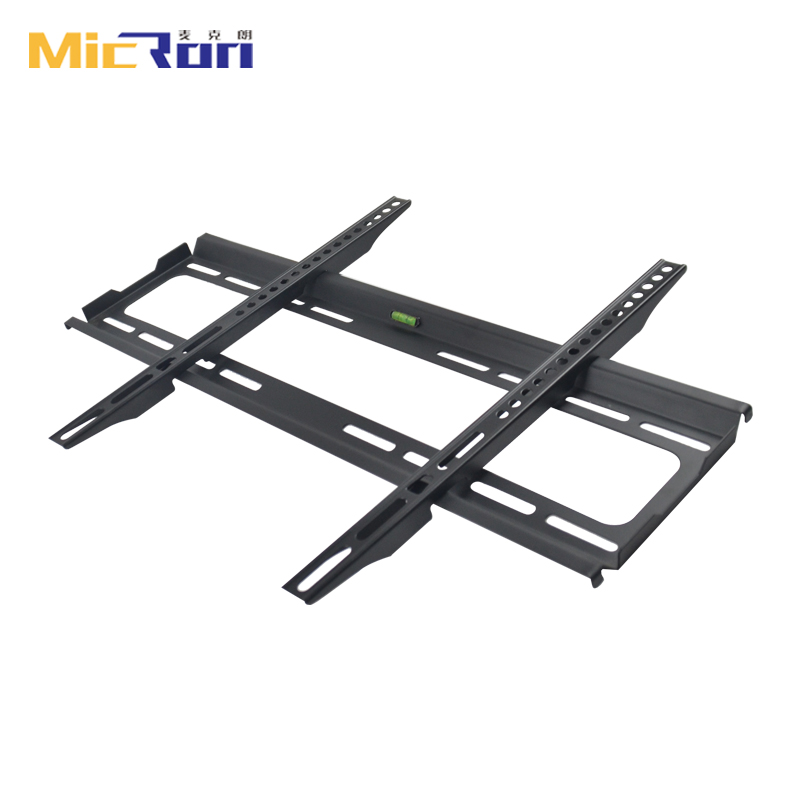tv holder rotating factory
tv holder rotating factory
The Innovation of Rotating TV Holders A Deep Dive into Modern Factory Production
In today's dynamic world of home entertainment, the way we engage with media is evolving. One notable innovation in this sphere is the rotating TV holder, an ingenious solution designed to enhance viewing experiences by allowing flexibility and adaptability. With the growing demand for such products, the role of factories specializing in the production of rotating TV holders becomes increasingly significant. This article explores the processes, benefits, and future of rotating TV holders within the manufacturing landscape.
Understanding Rotating TV Holders
Rotating TV holders, or mounts, are designed to provide users with the ability to adjust their television's angle and orientation effortlessly. This functionality is especially beneficial in larger living spaces where seating arrangements can vary, or in settings like offices and conference rooms where presentations are often necessary. By enabling a seamless transition between different viewing angles, these holders contribute to a more engaging and comfortable viewing experience.
The Manufacturing Process
The production of rotating TV holders typically involves several key steps. Factories start with research and development to identify the best materials for strength and durability while ensuring lightweight properties for easy installation. Common materials include heavy-duty steel and aluminum, chosen for their robustness and resistance to corrosion.
Next, the design phase incorporates software for 3D modeling that allows manufacturers to visualize the end product, ensuring all components fit together perfectly. Once the design is finalized, CNC (Computer Numerical Control) machines come into play to cut and shape the raw materials with precision. This technology enhances accuracy and reduces waste, contributing to a more sustainable manufacturing process.
Following fabrication, the parts undergo a rigorous quality control process. Each component is tested for strength, durability, and compatibility with various TV sizes. This quality assurance phase is crucial, as it ensures that the end product meets safety standards and customer satisfaction.
tv holder rotating factory

After passing quality checks, the rotating TV holders move to the assembly line. Here, skilled workers meticulously piece together the various components, ensuring each unit operates smoothly. The assembly process may involve installing hinges and rotating mechanisms that facilitate the movement of the TV. Finally, the assembled products undergo another round of inspection before packaging.
The Benefits of Rotating TV Holders
The value of rotating TV holders extends beyond mere convenience. Their adaptive nature allows for optimal use of space, making them ideal for small apartments and multi-purpose rooms. They promote healthy viewing habits by accommodating various angles, reducing neck strain, and enhancing overall comfort.
Moreover, rotating TV holders can elevate the aesthetic of a room. Modern designs blend functionality with style, complemented by finishes that match different interior decor themes. Consumers are increasingly seeking products that marry form and function, and these holders deliver on that front.
Looking Ahead
As technology continues to advance, so too will the features of rotating TV holders. Future innovations may include smart technology that allows users to control the angle and movement via mobile apps or voice commands. Additionally, as sustainability becomes a pressing concern, manufacturers may explore eco-friendly materials and energy-efficient production processes.
In conclusion, the factory production of rotating TV holders represents a fascinating intersection of technology, design, and consumer need. As we look to the future, the growth of this sector will undoubtedly continue, driven by advancements in manufacturing processes and an ever-increasing appetite for innovative home entertainment solutions. With the focus on creating products that enhance user experience without compromising on aesthetics or functionality, rotating TV holders are set to become a staple in modern homes and workplaces alike.
-
Premium Tilt TV Mount Exporters | GPT-4 Turbo EnhancedNewsJul.31,2025
-
Reliable Tilt TV Mount Company & Manufacturer, Factory Direct PriceNewsJul.30,2025
-
Reliable Tilt TV Mount Company & Manufacturer, Factory Price & ServiceNewsJul.29,2025
-
Installing TV Wall Mount in Apartment for Secure and Sleek SetupNewsJul.29,2025
-
High-Quality Tilt TV Mount Exporters for Secure InstallationNewsJul.29,2025
-
Professional Tilt TV Mount Company & Manufacturer, Competitive PricelistNewsJul.28,2025
